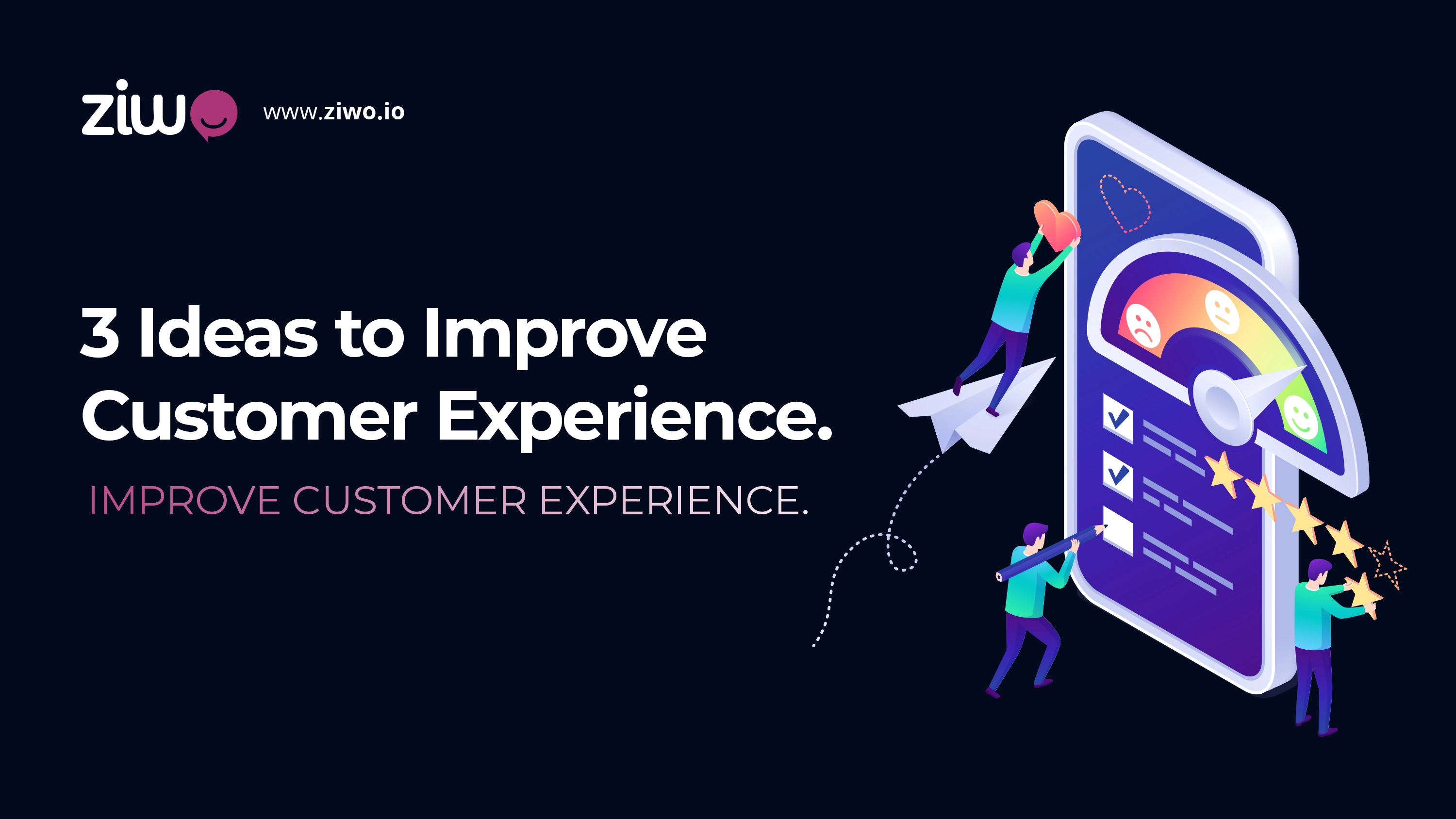Qu'est-ce que la méthode du Design Thinking et comment peut-elle améliorer le CX ?

Le "design thinking" est une approche de la résolution de problèmes qui implique l'empathie avec les utilisateurs, la définition de leurs besoins, l'idéation de solutions, le prototypage et les tests. Le "design thinking", une approche centrée sur l'utilisateur final, ses besoins et ses désirs, gagne en popularité en tant que moyen d'améliorer l'expérience client. En utilisant la pensée design comme outil, les entreprises peuvent améliorer l'expérience client en créant des produits, des services et des expériences adaptés à leurs besoins spécifiques. Cette approche met l'accent sur une démarche centrée sur l'être humain et sur la compréhension de l'utilisateur final, et elle est de plus en plus populaire parmi les entreprises qui cherchent à améliorer la satisfaction de leurs clients.
La pensée design est un outil puissant pour comprendre les besoins des clients parce qu'elle encourage une compréhension profonde du client grâce à l'empathie. L'empathie est la capacité de comprendre et de partager les sentiments d'autrui, et c'est un élément essentiel de la réflexion sur la conception. En comprenant les clients, les entreprises peuvent acquérir une connaissance plus approfondie de leurs points de douleur, de leurs objectifs et de leurs besoins.
Comment la méthode du "design thinking" peut-elle améliorer le CX ?
Une fois qu'une entreprise a acquis une connaissance approfondie du client, elle peut passer à l'étape suivante du design thinking :
Définir le problème
Cette étape consiste à prendre les informations recueillies grâce à l'empathie et à les distiller dans un énoncé de problème clair. Cet énoncé doit être spécifique, mesurable, réalisable, pertinent et limité dans le temps. Elle doit également être rédigée du point de vue du client. Par exemple, l'énoncé du problème pourrait être le suivant : "Les clients ont des difficultés à trouver le bon produit sur notre site web".
L'étape de l'idéation
Une fois le problème défini, l'étape suivante consiste à générer des idées de solutions. C'est l'étape de l'idéation, et c'est une partie importante du design thinking. Les entreprises doivent encourager la créativité et l'ouverture d'esprit au cours de cette étape et être disposées à prendre en considération un large éventail d'idées. Cette étape doit être un processus collaboratif, impliquant un groupe diversifié de personnes issues de différents départements, qui apporteront des perspectives et des expertises différentes.
Le prototypage
Une fois que l'entreprise dispose d'une liste d'idées de solutions, il est temps de passer à l'étape suivante de la réflexion sur la conception : le prototypage. Cette étape consiste à créer une représentation physique ou numérique de la solution, qui peut être testée et affinée. Le prototypage est un processus itératif et les entreprises doivent être prêtes à passer par plusieurs cycles de prototypage avant d'arriver à une solution finale. L'objectif de cette étape est de créer une solution à la fois fonctionnelle et conviviale.
L'étape finale : Les essais
La dernière étape de la réflexion sur la conception est le test. Cette étape consiste à recueillir les réactions des utilisateurs réels sur la solution qui a été créée. Ce retour d'information est essentiel pour affiner la solution et s'assurer qu'elle répond réellement aux besoins du client. Les entreprises doivent être prêtes à apporter des modifications à la solution en fonction du retour d'information qu'elles reçoivent.

En conclusion, le design thinking est un puissant outil d'amélioration. Il s'agit d'un processus itératif, et les entreprises doivent être prêtes à passer par plusieurs séries de prototypes et de tests avant d'arriver à une solution finale. Il faut être prêt à expérimenter et à s'ouvrir au retour d'information et au changement. Cela peut s'avérer difficile pour certaines entreprises, en particulier celles qui sont plus réticentes à prendre des risques. Cependant, en adoptant les principes du design thinking, les entreprises peuvent créer des produits, des services et des expériences qui répondent vraiment aux besoins de leurs clients, ce qui conduira en fin de compte à une satisfaction et une fidélité accrues de ces derniers.
Chez Ziwo, nous comprenons l'importance de placer le client au premier plan de tout ce que nous faisons. C'est pourquoi nous intégrons la pensée design dans notre approche de la résolution de problèmes et de la prise de décision. Cela nous permet d'adopter une approche centrée sur l'utilisateur pour trouver des solutions et créer de nouveaux produits et services. En prenant constamment en compte les besoins et les souhaits du client, nous sommes en mesure de créer plus de valeur à la fois pour notre entreprise et pour nos clients, ce qui se traduit par une meilleure expérience globale pour le client. Chez Ziwo, nous pensons que la pensée design est un élément crucial de notre succès et nous continuons à l'utiliser pour stimuler l'innovation et l'amélioration dans le domaine de l'engagement client.
Sujets connexes :
>
Conseils pour la gestion des agents du centre d'appels à distance
>
>
Comment le CCaaS va-t-il réduire les coûts de votre centre d'appels ?
>





